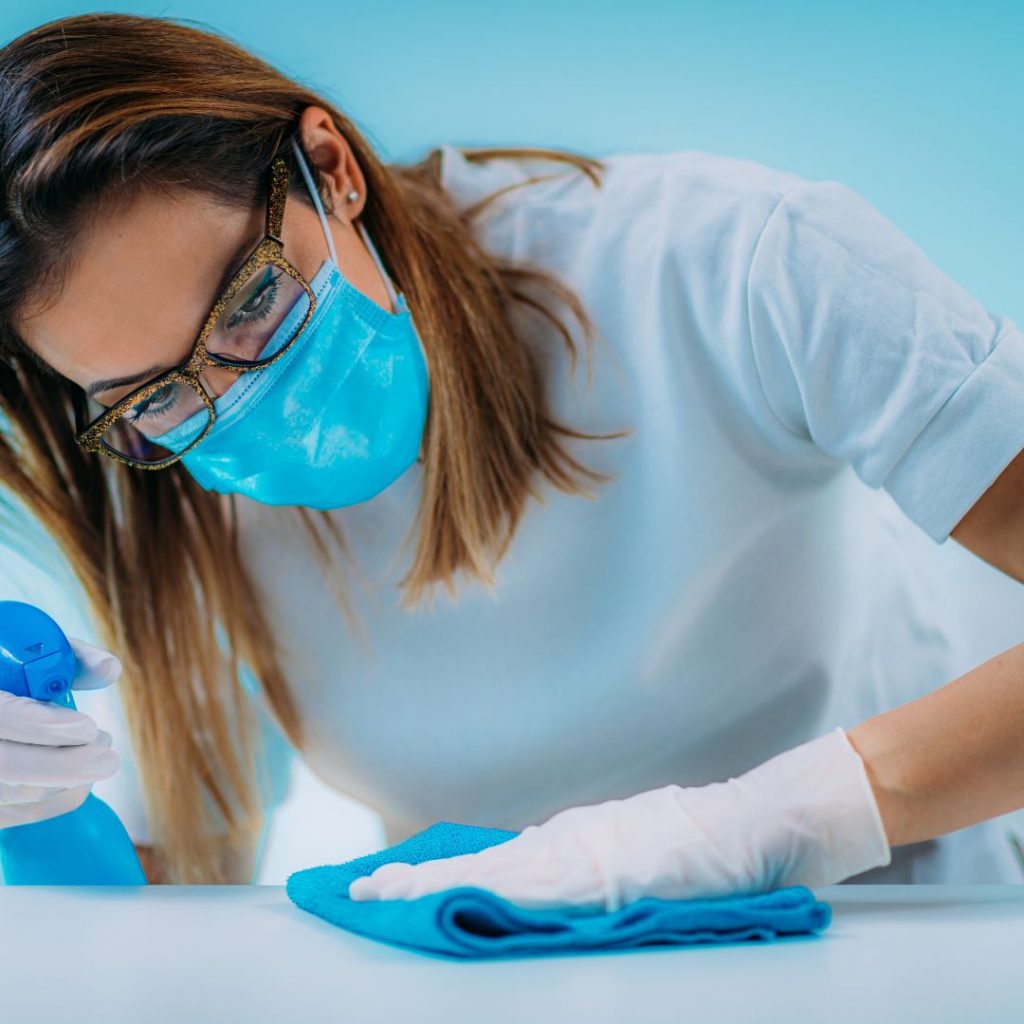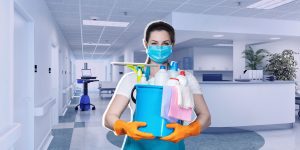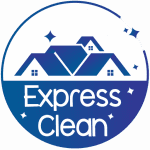How Often Should You Clean Medical Offices To Maintain A Healthy Environment?
Medical offices present unique cleaning challenges that go far beyond basic janitorial tasks. Infection prevention, regulatory standards, and patient perception all depend on rigorous, evidence-based cleaning protocols. But how often is enough to keep patients and staff safe—especially in busy communities like Chicago and its suburbs?
Understanding Cleaning Frequency Standards
The CDC recommends establishing cleaning schedules based on risk zones, usage, and the likelihood of contamination. In a typical medical office environment, this means areas and items touched most frequently—known as high-touch surfaces—require more attention than administrative spaces.
| Area or Item | Cleaning Frequency |
|---|---|
| Waiting Areas | Multiple times daily (esp. during high traffic) |
| Restrooms | At least 2–3 times daily; spot clean as needed |
| Exam Rooms | After every patient visit |
| Reception/Counters | Every 1–2 hours |
| Medical Equipment | Per use and at end of day |
| Staff Areas | Once per shift |
Facilities in the Chicago area may also face local ordinances that impact required cleaning protocols—always consult the latest city and state guidelines.
Best Practices: From Chemistry to Cross-Contamination Control
Consistent, methodical cleaning reduces risk of infection and ensures compliance with OSHA, CDC, and regional regulations. Follow these best practices for effective medical office cleaning:
- Choose EPA-approved disinfectants: Check manufacturer Safety Data Sheets (SDS) for material compatibility and dwell time (e.g., 2–10 minutes for most hospital-grade products).
- Monitor pH and chemistries: Use neutral pH (6–8) products on floors and patient surfaces to avoid damaging finishes or creating dangerous residues.
- Maintain quality microfiber supplies: Color-coded rags help limit cross-contamination between rooms and zones.
- Use proper PPE: Staff cleaning exam rooms or restrooms should use gloves, masks, and gowns as needed per OSHA safety protocols.
- High-touch protocols: Prioritize door handles, light switches, faucet handles, and exam chairs after each use.
- Safe waste handling: Biohazard and sharps containers must be closed and changed regularly.
For CDC and GBAC guidelines, see the GBAC STAR accreditation program.
Ensuring Air Quality and Disinfection
Besides surface cleaning, indoor air quality can affect patient outcomes, especially in busy urban centers like Chicago. Routine HVAC maintenance and the use of HEPA filtration are key. For up-to-date disinfection standards, review guidance from the ASHRAE Filtration & Disinfection resource.
Streamlining Your Scheduling and Documentation
Developing a documented cleaning schedule improves accountability and efficiency. Digital logs help ensure every cleaning task is performed and checked. This approach is especially important when multiple people are responsible for cleaning the same zones over different shifts.
Special Considerations for Chicago Area Medical Offices
In Chicago and its suburbs, factors like weather, volume, and local outbreaks may require more frequent cleaning—especially in winter or during flu season. Facility managers should stay alert for city health advisories, updating cleaning frequencies as needed for compliance and safety.
Common Questions About Medical Office Cleaning Frequency
- Is daily cleaning enough for high-traffic zones?
Not usually. High-touch zones (waiting rooms, bathrooms, exam chairs) should be cleaned and disinfected multiple times each day. - What about after-hours or emergency cleaning?
Schedule deep cleans outside business hours or whenever contamination is confirmed. Document every task and chemical used. - How do we avoid common cleaning mistakes?
Avoid over-diluting disinfectants, spot-cleaning only visible soil, or skipping surfaces. See our post on frequent cleaning mistakes for more details.
More Resources
- Review medical facility cleaning standards
- Explore recommended cleaning products and equipment
- See how cleanliness impacts the work environment
Take Action: Keep Your Healthcare Environment Safe
A successful medical office cleaning program combines science, scheduling, and vigilance. Staying vigilant—and continually updating your protocols—can help protect patients, staff, and your reputation.
Book office cleaning in Chicago
About the Author
Reviewed by: Express clean Team
With over 20 years’ experience managing medical and commercial cleaning services across Chicago and its suburbs, our specialists ensure full regulatory compliance and the safest standards for all facility types.



medical office, Medical Office Cleaning Services Chicago, Medical Office Cleaning Company Chicago, 24 hour cleaning service Chicago, germs, deep cleaning, sanitization process, Medical Office Cleaning Service Near Me, Chicago Medical Office Cleaning, Chicago Cleaning Company




